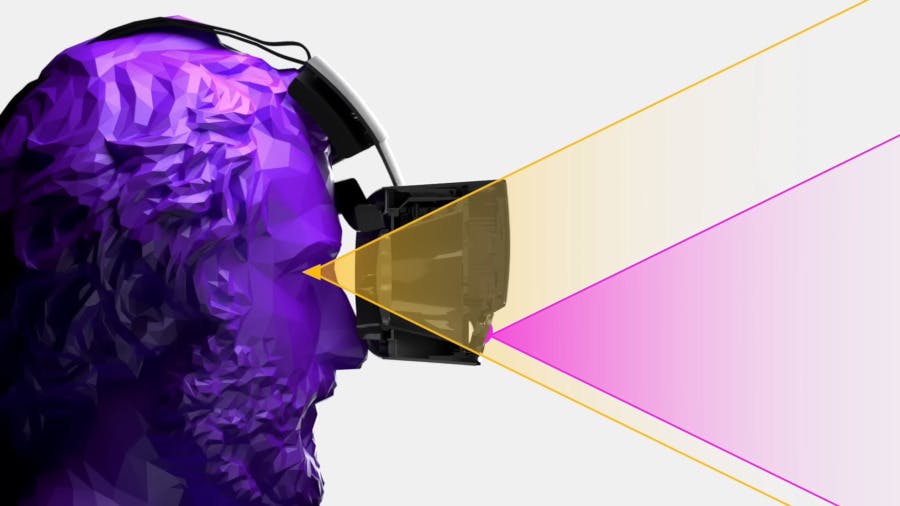In the ever-evolving domain of virtual and augmented reality (VR and AR), one term has recently garnered significant attention: “Light Field Passthrough.” This innovative technology aims to revolutionize the user experience by delivering an unprecedented level of immersion and realism. In this article, we will explore what Light Field Passthrough is, its applications, and its potential impact on the future of AR and VR.
What is Light Field Passthrough?
Light Field Passthrough is a technique used in AR and VR headsets to capture and reproduce the real world in 3D, allowing users to see their surroundings through the device with added depth and realism. Unlike traditional camera passthrough, which offers a flat, 2D view, Light Field Passthrough captures the full volume of light data, including the direction and intensity of light rays. This provides a three-dimensional, holographic representation of the environment, creating a seamless blend between the virtual and the real.
How Does It Work?
The magic behind Light Field Passthrough is in its ability to capture the complete light field information. Using a combination of specialized hardware (like an array of micro-cameras or advanced sensors) and sophisticated algorithms:
- Multiple views are captured from different angles.
- These views are then combined and processed to recreate the depth and parallax of the environment.
- The computed light field is rendered in real-time and displayed through the AR or VR headset, allowing users to perceive depth and move naturally within the environment.
Applications of Light Field Passthrough
The applications of this technology are vast, especially as AR and VR continue to penetrate various sectors:
- Safety and Awareness: For VR users, being aware of their surroundings can prevent accidents. Light Field Passthrough can provide an accurate representation of the real world, ensuring users don’t stumble over objects or hazards.
- Mixed Reality Experiences: By blending the real and virtual worlds seamlessly, creators can craft mixed reality experiences where virtual objects interact with the real environment in believable ways.
- Professional Work: In industries like design, healthcare, or engineering, professionals can overlay virtual data on real objects, aiding in tasks such as prototyping, medical imaging, or machinery maintenance.
The Future of Light Field Passthrough
As the technology matures, we can anticipate several advancements:
- Improved Realism: Continued research will enhance the fidelity and accuracy of the light field renderings, making the virtual indistinguishable from the real.
- Interactivity: Future iterations might allow users to interact with their environment using gestures or gaze, further blurring the lines between physical and digital realms.
- Wider Adoption: As the benefits become evident, more AR and VR devices will integrate Light Field Passthrough, making it a standard feature.
Challenges Ahead
While promising, Light Field Passthrough isn’t without challenges:
- Processing Power: Rendering light fields in real-time requires substantial computational resources. Balancing performance with battery life in portable devices will be crucial.
- Latency: For a truly immersive experience, the lag between capturing the real world and displaying it must be minimal. Achieving ultra-low latency is paramount.
- Cost: Integrating the necessary hardware and software can drive up the cost of AR and VR devices.

Light Field Passthrough represents a significant leap forward in AR and VR technology. By providing a more natural and immersive way to experience the convergence of the real and virtual worlds, it holds the potential to reshape how we perceive and interact with digital content. The journey ahead is filled with promise, and as challenges are surmounted, the line between reality and the virtual realm will become ever more blurred.

17 comments
b
cool ig